Discover The Troubles Podcast
The Troubles Podcast

 The Troubles Podcast
The Troubles Podcast
Author: Oisin Feeney
Subscribed: 2,281Played: 76,788Subscribe
Share
© Copyright Oisin Feeney
Description
The Troubles were a period of time in Northern Ireland which many people today do not know a lot about. In this podcast we will delve into each individual bombing and attack that happened during the 30-year period. This is a non-partisan podcast that focuses solely on the facts and the accounts of the individuals involved.
76 Episodes
Reverse
Raymond Gilmour was born and raised in Derry and decided to become an informer as a teenager. He joined the INLA and then the Provisional IRA and all the while he was passing information on to the RUC and British Army. Then when he was exposed as an informer, upwards of 100 people were arrested on his testimony alone. But the toll paid by an informer is indeed a heavy one, and was it worth it?
Get an Exclusive NordVPN deal here: https://nordvpn.com/troublespod
It’s risk-free with Nord’s 30-day money-back guarantee!
Learn more about your ad choices. Visit podcastchoices.com/adchoices
In this second episode we examine James Mitchell and his farm at Glenanne. We then dive deep into two bar attacks, one which was carried out by serving members of the RUC, and the other which took place under the watchful eye of the British military.
Learn more about your ad choices. Visit podcastchoices.com/adchoices
This two-part episode focuses on the Glenanne gang, who were a secret informal alliance of Ulster loyalists based in the village of Glenanne. These were a group of loyalist which included members the the paramilitary group, the UVF, but also members of the police force the RUC and the British military regiment the UDR. In this first episode we learn about the infiltration of the UDR and then hear the claims made by former Glenanne gang member, John Weir.
Learn more about your ad choices. Visit podcastchoices.com/adchoices
This is a short episode to explain why there has been rioting in the streets of Belfast in the early days of August, 2024.
Learn more about your ad choices. Visit podcastchoices.com/adchoices
Richard O'Rawe joined the Provisional IRA when he was a teenager. He was eventually arrested and spent a number of years taking part in the blanket protests which would eventually lead up to the hunger strikes. Richard was there for it all and in this episode we talk about his role during the hunger strikes as well as his thoughts on Freddie Scappaticci who also went by the name of Stakeknife.
Learn more about your ad choices. Visit podcastchoices.com/adchoices
It was a dark evening in February, 1983, when three armed, masked men arrived to the home of Jim Fitzgerald.His family were locked in a room. One of the men said to him "We have come for Shergar. We want £2 million for him." He was taken at gunpoint to a nearby stable where Shergar the horse was sleeping. The horse was loaded into a horsebox, and never seen again. What followed was a mystery which captivated the people of Ireland, and many around the world in the hunt to locate Shergar the world’s most famous racehorse.
Learn more about your ad choices. Visit podcastchoices.com/adchoices
The two socialist Republican paramilitary groups were the INLA, Irish National Liberation Army and the IPLO, the Irish People's Liberation Organization.These were two organisations who sought to fight against the colonial occupation of British Rule and free the working class of capitalistic dominance. However, instead of romantic struggle they would instead set their sights on each other. Former friends would become submerged in a murky world of criminality, revenge, sectarianism and cold-blooded murder. By the end of this feud, many would be dead and both organisations would be shadows of their former strength. So what led to such a bloody and violent feud? Find out in this weeks episode.Written by John Livingstone, you can find him over on Instagram at @thetroublesarchive
Learn more about your ad choices. Visit podcastchoices.com/adchoices
This week's episode focuses on the life of Father Patrick Ryan, a Catholic priest who had a unique relationship with the Provisional IRA and Libyan Dictator, Muammar Gaddafi. Through Father Ryan, the Provisional IRA received millions in cash, but it was his engineering work with Provisional IRA bombs, which would end up saving the lives of many paramilitaries… while allowing them to improve the efficacy of their bombing campaign.
Learn more about your ad choices. Visit podcastchoices.com/adchoices
It was a Sunday evening in November, 1983 and 65 people were attending service at the Mountain Lodge Pentecostal Church Service. The church was a small wooden building on the outskirts of the Northern Irish village of Darkley, in the county of Armagh, which was close to the border with the Republic of Ireland. The popular hymn, 'Are You Washed in the Blood of the Lamb' was playing, and pastor Bobby Bain was leading the singing. It was at this time, three masked gunmen arrived at the church. As the congregation started singing the final verse ‘Lay aside the garments that are stained by sin’, the shooting began. What ensued has gone on to be known as the Darkley Killings and in this episode we will learn about what happened and who was responsible.
Learn more about your ad choices. Visit podcastchoices.com/adchoices
David Ervine began as a loyalist paramilitary but had a remarkable change of heart while in prison, and upon his release dedicated his efforts to political discourse, and acting as a political voice for the UVF. But it wasn't easy, and there would be many who wanted to take his life. This is the story of the man who championed constructive unionism.
Learn more about your ad choices. Visit podcastchoices.com/adchoices
Peter Taylor is a journalist who had an unparalleled level of access across the divided and sectarian communities in Northern Ireland. He has made multiple documentaires and written many books about the Troubles, and was trusted by paramilitaries to tell the world their stories.
In this episode we talk about his life, his memories of Bloody Sunday, and meeting the leaders of the Provisional IRA and the dangers with being a journalist during the Troubles.
We then discuss his new book, Operation Chiffon, The Secret Story of MI5 and MI6 and the Road to Peace in Ireland. This book tells the linear story of three decades of violence in Northern Ireland, with a focus on the secret peacemakers, the people who created back channels between the Provisional IRA and the British Government, in an attempt to broker peace.
Learn more about your ad choices. Visit podcastchoices.com/adchoices
Chris Thrall deployed as a Royal Marine into Northern Ireland in 1989. He knew very little about the conflict in Northern Ireland before arriving, and it wasn't long before he would see first-hand, what the troubles was like for a member of the British armed forces. Republicans targeted his barracks with mortor bombs, and he was also fired upon while out on patrol one day. This is his experience of the troubles.
Learn more about your ad choices. Visit podcastchoices.com/adchoices
In this episode we will focus on the attacks associated with Stephen 'Top Gun' McKeag, his fall from grace from the UDA and the circumstance which would lead to his eventual demise. This episode was written by John Livingstone, and you can find more of his writing by searching @TheTroublesArchive on Instagram.
Learn more about your ad choices. Visit podcastchoices.com/adchoices
This two-part episode focuses on Stephen 'Top Gun' McKeag, who was a prominant member of the Ulster Defence Association. He was also responsible for many killings of Catholics in Northern Ireland. This first episode will talk about how the UDA restructured in the early 90's and what led to the rise of C-Company.This episode was written by John Livingstone, and you can find more of his writing by searching @TheTroublesArchive on Instagram.
Learn more about your ad choices. Visit podcastchoices.com/adchoices
This week's episode features my chat with academic and historian, Gearóid Ó Faoleán. We talked about the Republic of Ireland's response to the growth of the Provisional IRA and how they dealt with the rise of Republicanism. We talk about how the IRA made explosives, whether they helped or hindered the heroin epidemic in Dublin, how Republicanism and class have changed over the decades and a lot more.
Learn more about your ad choices. Visit podcastchoices.com/adchoices
The Remembrance Day Bombing was an IRA bombing which was carried out in the town of Enniskillen in Northern Ireland. The Provisional IRA claimed that they were targeting members of the security forces but instead ended up killing mostly elderly civilians. A lot of this episode focuses on where the IRA were getting their bombs from, which took them to the North African country of Libya.
Learn more about your ad choices. Visit podcastchoices.com/adchoices
Bertie Ahern was the Taoiseach of the Republic of Ireland during the peace talks in Northern Ireland. I sat down with him in March 2023 to talk about his memories during this period, and the many times it felt like it was all going to fall apart. We then talked about Northern Ireland today and what affect Brexit has had on the Good Friday Agreement.
Learn more about your ad choices. Visit podcastchoices.com/adchoices
The Good Friday Agreement was a mammoth undertaking which was the result of multiple failed agreements and a quest for peace for the people of Northern Ireland, This epiosde focuses on the sheer effort that was involved in finding peace for what many percieved as a neverending war.
Learn more about your ad choices. Visit podcastchoices.com/adchoices
This episode is about John Crawley, who joined the US Marines with the intention of returning back to Ireland to then join the IRA. He hoped he could bring his expertise to what he believed was one of the best paramilitary groups in the world. But once he joined, things weren't exactly what he expected, and in the end, the Provisional IRA were more interested in his accent than his expertise with weapons.
Learn more about your ad choices. Visit podcastchoices.com/adchoices
Frank Stagg was a Republican prisoner from Ireland who died on hunger strike in 1976. In this episode we will learn about what happened afterwards, as the Irish Government went to significant lengths to prevent his funeral from becoming a rallying cry to the Republican movement.
Learn more about your ad choices. Visit podcastchoices.com/adchoices
Top Podcasts
The Best New Comedy Podcast Right Now – June 2024The Best News Podcast Right Now – June 2024The Best New Business Podcast Right Now – June 2024The Best New Sports Podcast Right Now – June 2024The Best New True Crime Podcast Right Now – June 2024The Best New Joe Rogan Experience Podcast Right Now – June 20The Best New Dan Bongino Show Podcast Right Now – June 20The Best New Mark Levin Podcast – June 2024
 United States
United States

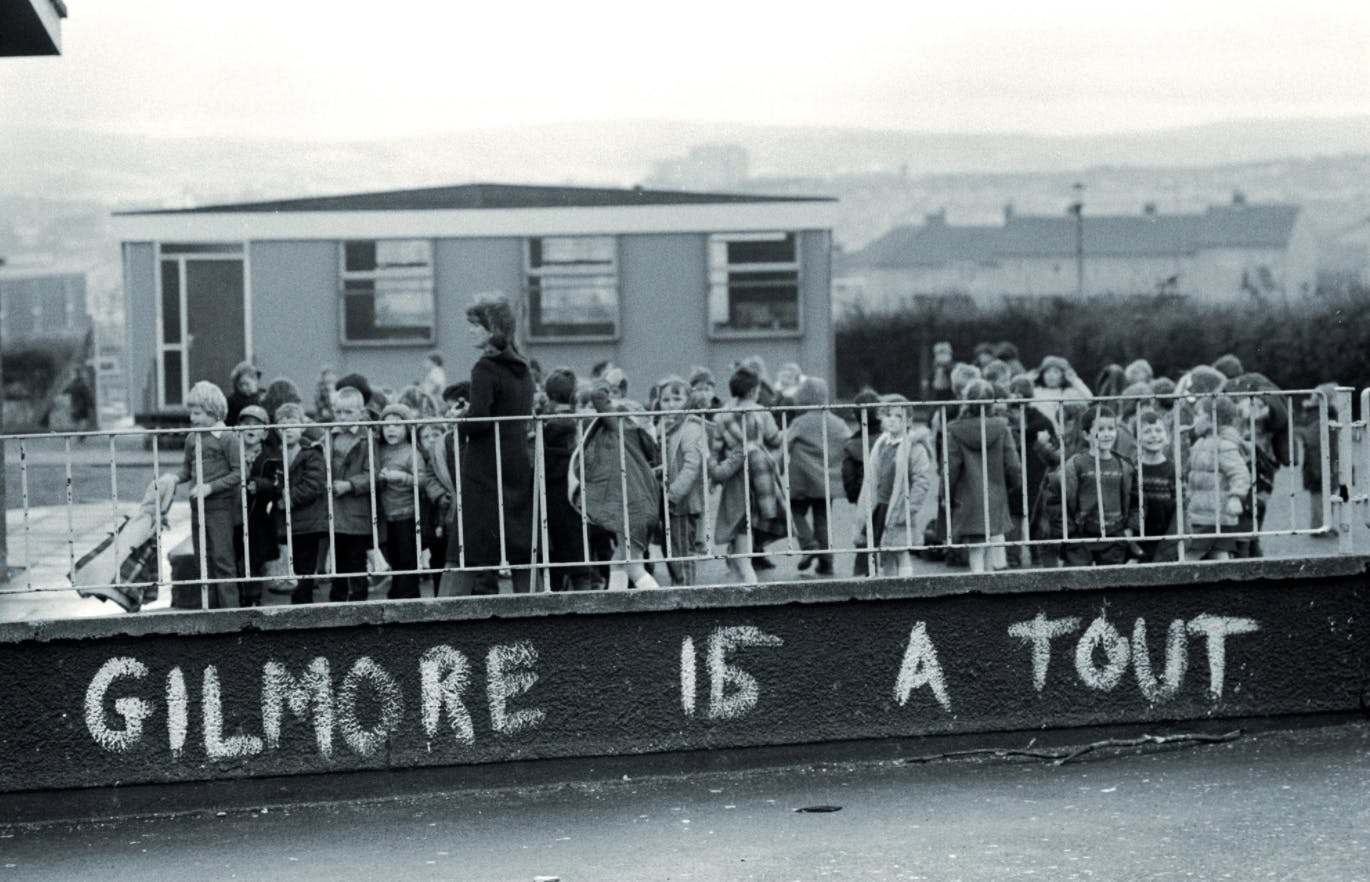
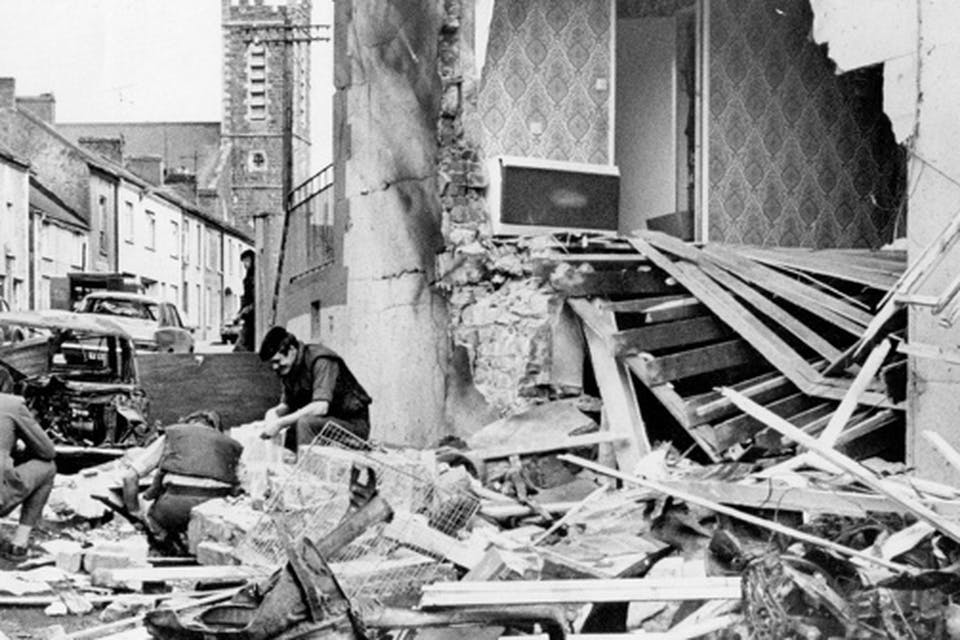


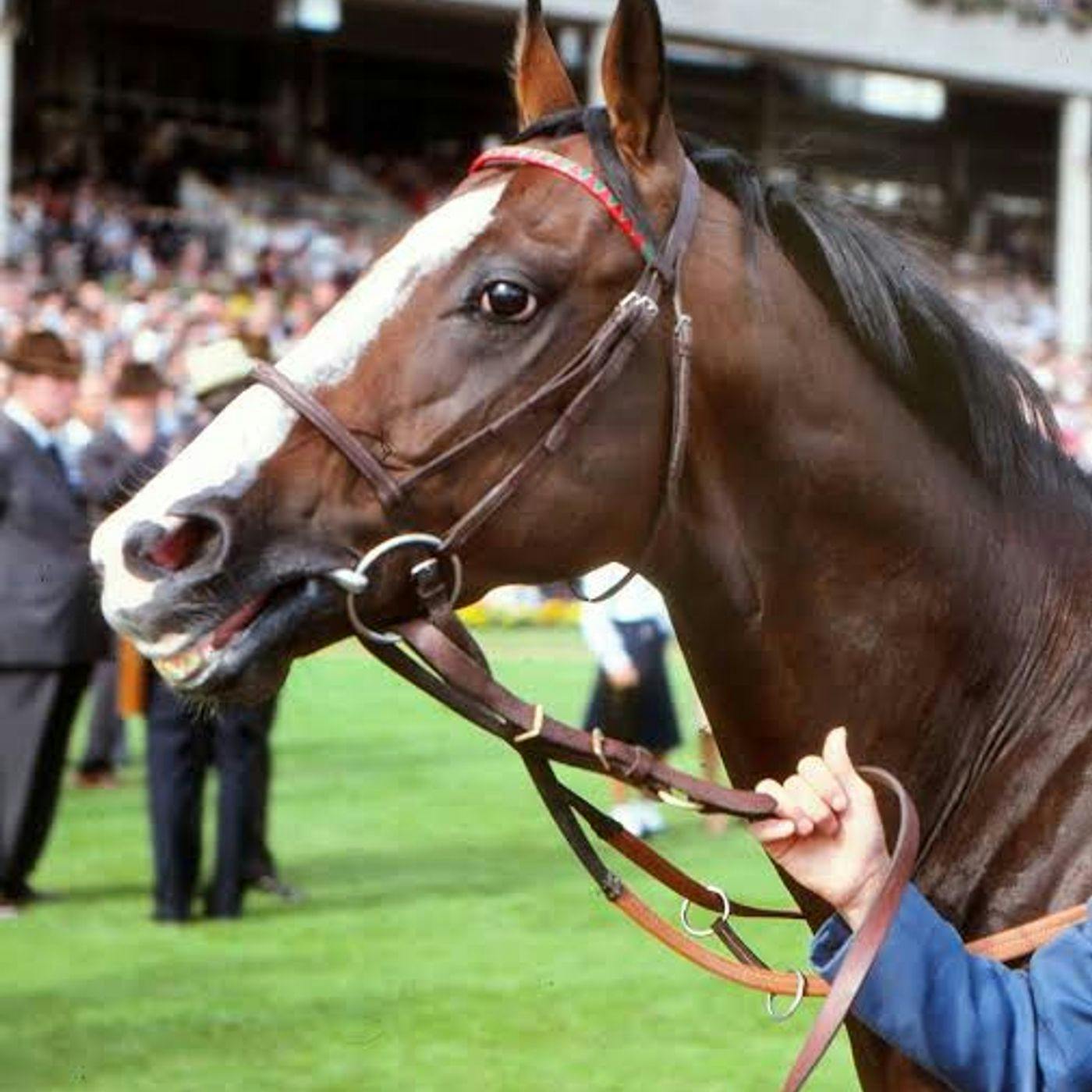
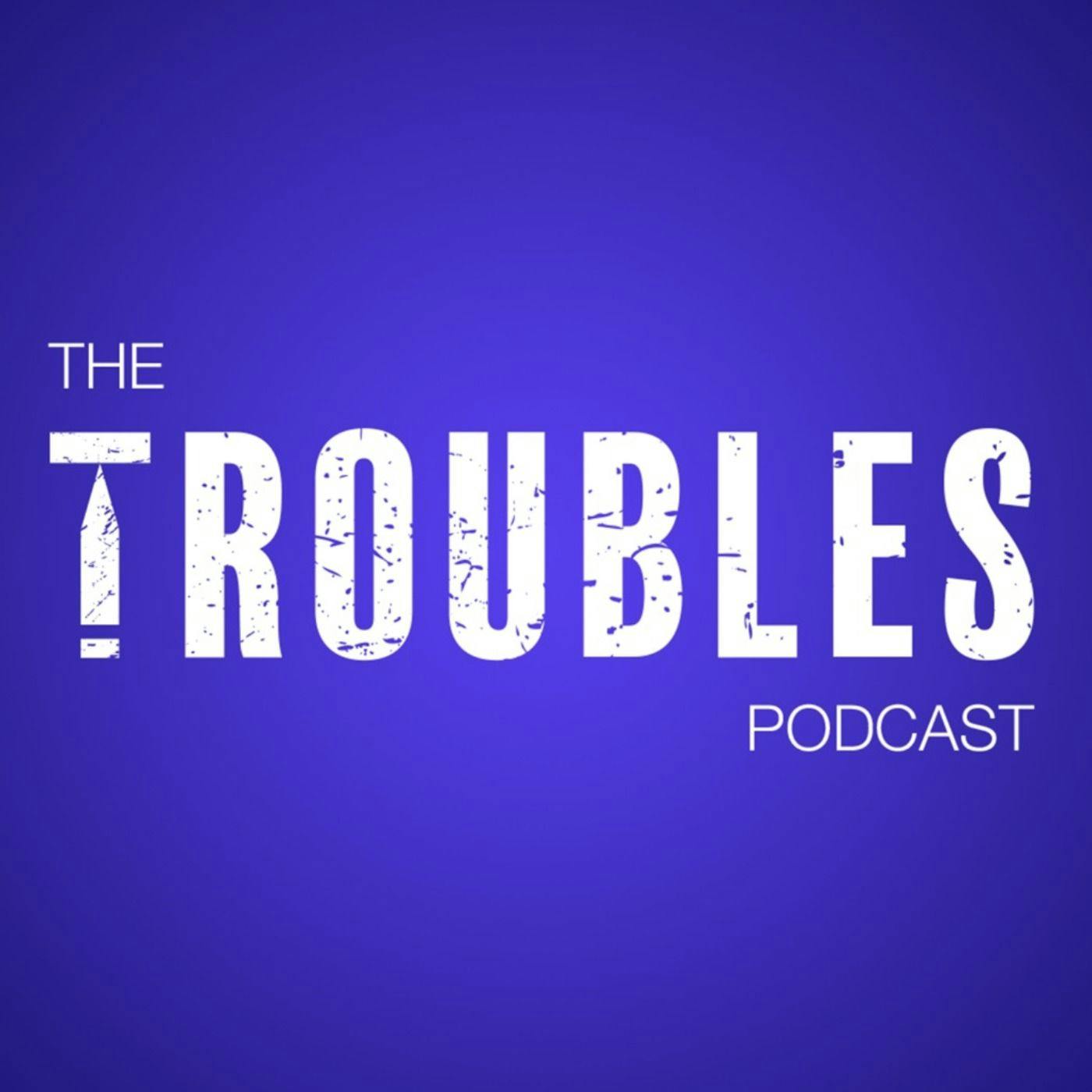
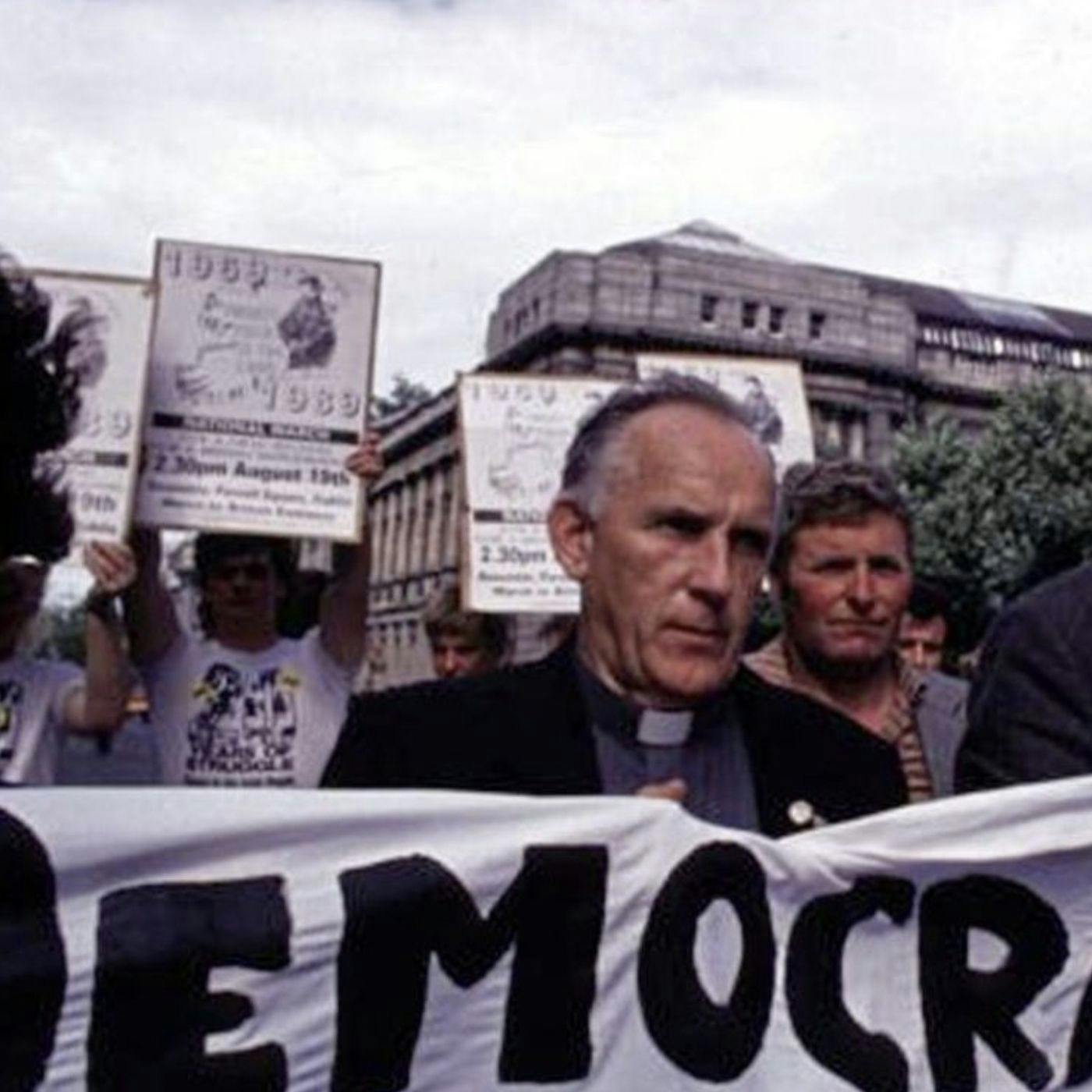
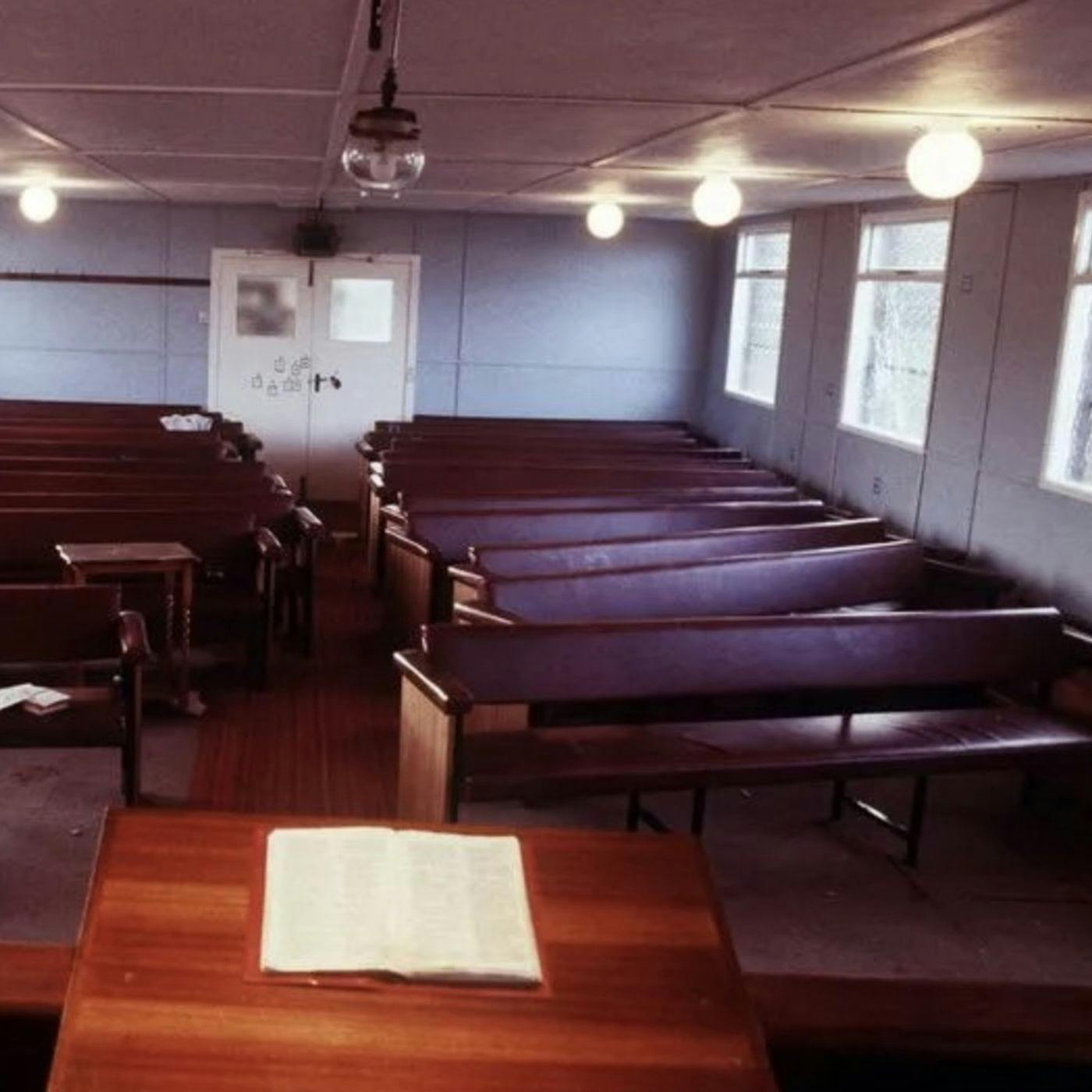




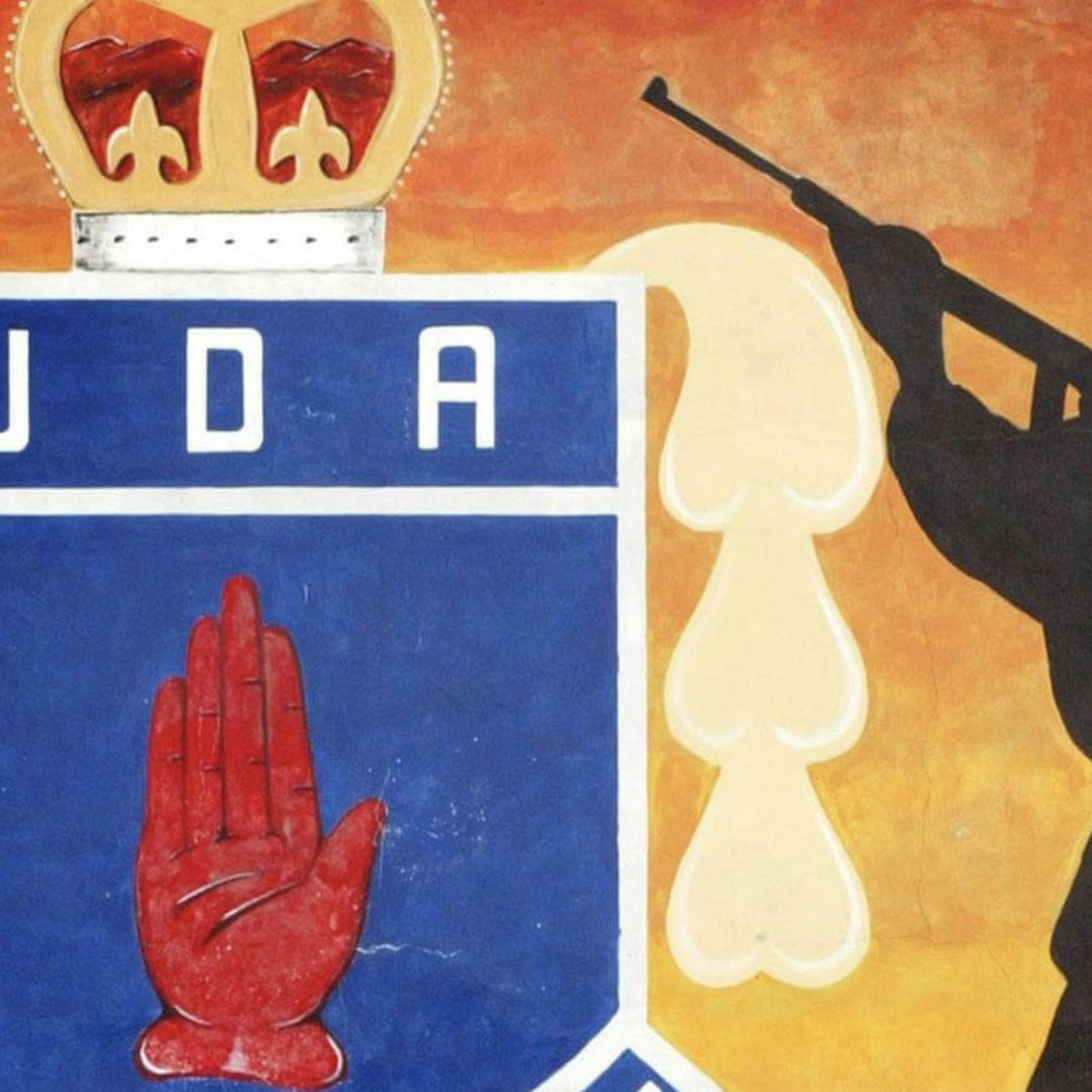

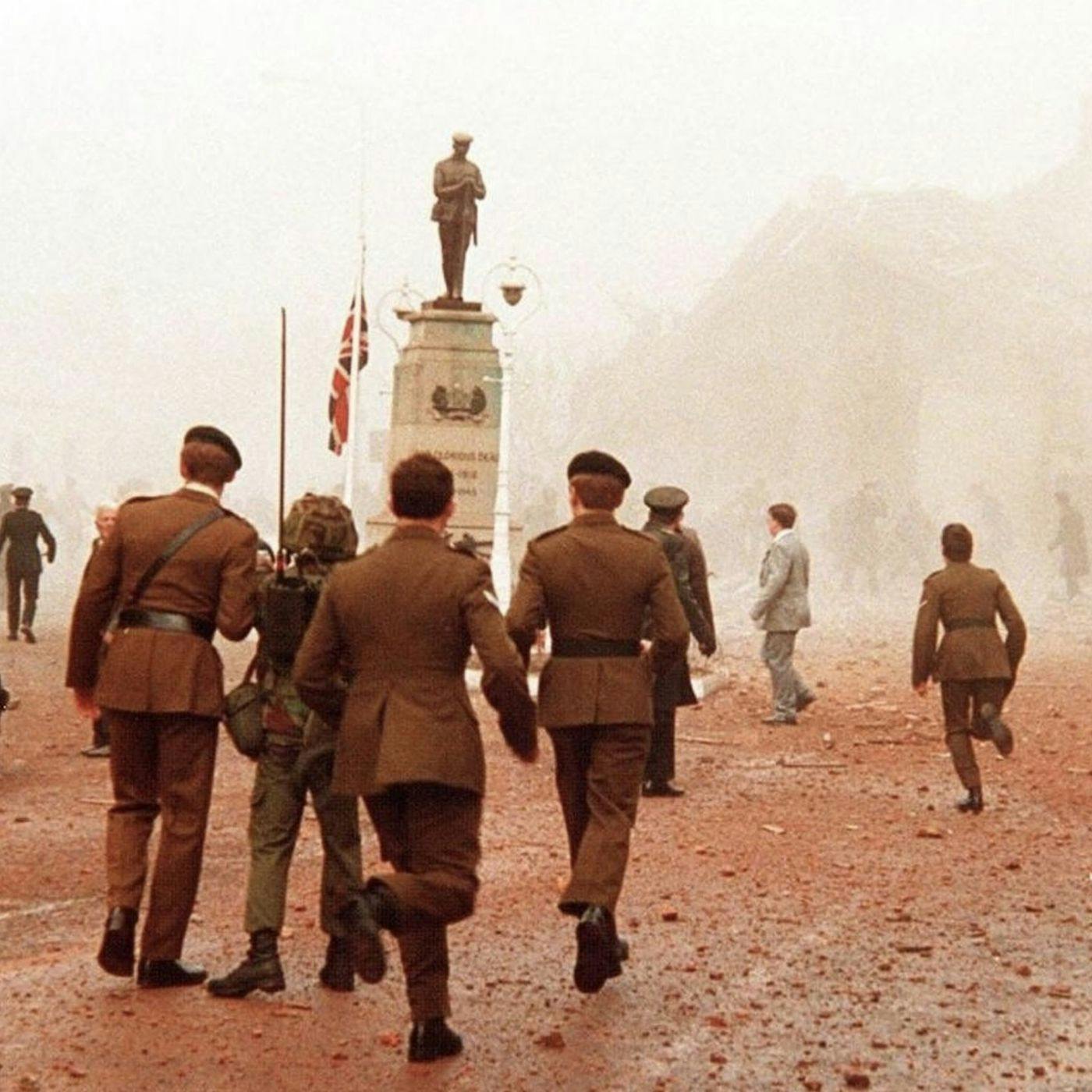






so this guy, trained by the US Marines, was shocked when he joined a paramilitary gang thousands of miles away and discovered the training isn't what he expected?
Jeepers turn the volume of the ads down they near gave me a stroke.
What books would you recommend reading in addition to this podcast to get a balanced view of the troubles ?
the end of #15 John Hume was equally fantastic and heartbreaking I've never felt like this after a podcast, fantastically done.
fantastic 😊
#15 John Hume - brought me to tears. Being 2nd generation Canadian with Irish ancestry on my mother's side, I find your podcast invaluable in understanding "THE TROUBLES". Many thanx!
Really nicely ballanced podcast, would love to hear an episode on Robert Nairac.
Great podcast. Really balanced view of the troubles, clearly a lot of work goes into researching it!